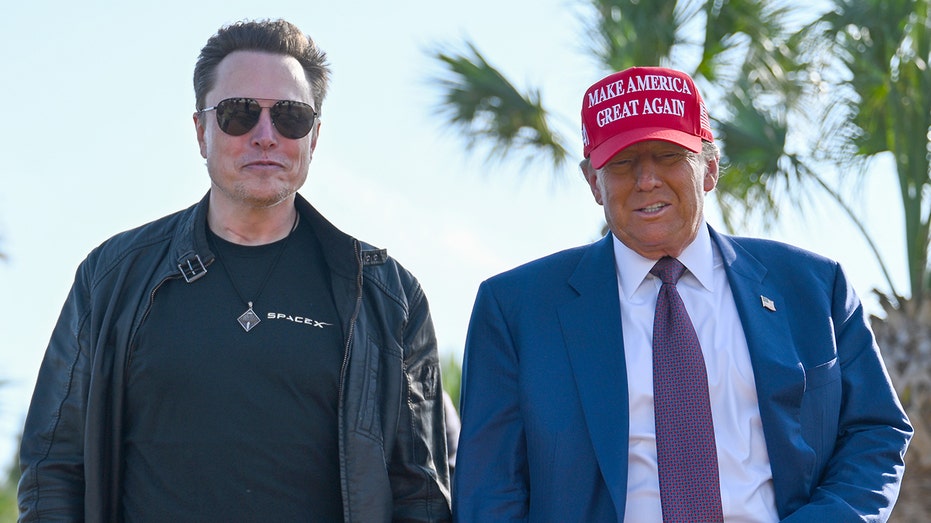The Future Of Europe’s Energy Security

LONDON, ENGLAND - APRIL 24: British Prime Minister Keir Starmer greets President of the European ... More Commission, Ursula von der Leyen at the International Summit on the Future of Energy Security at Lancaster House April 24, 2025 in London, England. Getty Images Last week, the government of the United Kingdom and the International Energy Agency convened representatives from sixty countries and fifty companies to an International Summit on the Future of Energy Security. The speeches and discussions reiterated several well-known principles for energy security, including the importance of diversifying energy sources, providing policy predictability, and fostering international cooperation. Participants also recognized, as is also commonly acknowledged, that energy security means different things to different countries, depending on their income level and natural resource endowments. Europe’s Energy Security Strategy The novelty—if it can be called that—came from a reaffirmation of the emerging European understanding of how to apply these principles in the face of Russia’s invasion of Ukraine, global supply chain disruptions, and climate change. While the United Kingdom and the European Union, like virtually every country, equate energy security with national security, they now advocate investing more heavily in the energy transition to strengthen their domestic energy sectors and, they hope, achieve greater independence. From their perspective, “homegrown” energy sources are less susceptible to outside manipulation than imported fossil fuels. Moreover, clean investments can be drivers of job creation and environmentally sustainable growth. U.K. Prime Minister Keir Starmer’s remarks illustrated this view. After observing that his country, like many others, has suffered from “overexposure” to international energy markets—leaving the economy and household budgets vulnerable “to the whims of dictators like Putin, to price spikes, and to volatility that is beyond our control”— he stated that his government’s policy would be “to seize the opportunity of the clean energy transition, because homegrown energy is the only way to take back control of our energy system, deliver energy security, and bring bills down for the long term.” The President of the European Commission, Ursula von der Leyen, shared a similar message. Reflecting on Europe’s past dependence on Russian natural gas, she noted: “For decades, we failed to recognize the costs that came from this dependence. The risk of blackmail, economic coercion, price shocks; that reality was exposed after the full-scale invasion of Ukraine. Russia tried to exploit our overdependence by cutting us off the gas.” In response, von der Leyen explained, the E.U. reduced its imports from Russia, secured alternative supplies from Norway and the U.S., partnered with Japan and South Korea, and strengthened policies to promote renewable energy investments. “Clean homegrown renewables,” she concluded, “not only strengthen our resilience, they…also spur new jobs and more innovation within our own economies. As our energy dependency on fossil fuels goes down, our energy security goes up. That is the lesson we have learnt in Europe.” MORE FOR YOU Microsoft Confirms $1.50 Windows Security Update Hotpatch Fee Starts July 1 Microsoft Confirms Password Spraying Attack — What You Need To Know Google’s Gmail Upgrade—Why You Need To Change Your App Limits Of The Energy Transition As A Strategy For Energy Security In theory, betting on the energy transition to strengthen energy security makes sense for a net energy importer like Europe. It expands and diversifies available energy sources. In practice, however, there is still a long way to go before wind, solar and other clean energy sources make a significant difference in the reliability of energy supply. First, renewables still require large investments in infrastructure, particularly new and expensive transmission lines. This is why Europe—already the region with most cross-border interconnections in the world, according to the Global Transmission Database— continues to invest in expanding its grid. Reliable electrification with renewables requires flexibility. When the wind doesn’t blow, or the sun doesn’t shine, renewable systems must rely on back-up capacity from fossil fuels and nuclear energy, at least until grid-scale battery storage becomes cheaper and widespread. Second, clean energy systems, like fossil-fuel-based systems, demand strong and costly international engagement. The geographical distribution of minerals and materials critical to clean energy technologies—such as lithium, cobalt, and rare earths— differs from that of oil, natural gas, or coal. Diplomacy, strategic partnerships, and even military deployments to secure supply chains in new parts of the world may become necessary. Third, the increasing digitalization of energy systems makes them vulnerable to cyberattacks, requiring sophisticated designs capable of withstanding hostile actions. Such attacks affect fossil fuel industries as well, but electricity networks are less flexible and more vulnerable than the infrastructure used to move liquid fuels. In short, the energy transition remains expensive compared with operating today’s fossil-fuel based energy systems. The long-term goal may be to lower operating costs and achieve greater resilience, but the upfront costs are substantial, and the risks of system failures—technical, political, or climate related—are unlikely to disappear. No Country Is An Island Fatih Birol, head of the IEA, noted at the summit that “no country is an island” when it comes to energy. This is especially true of energy prices. What happens in one region ends up affecting another directly and indirectly. This makes debatable the assertion by both Starmer and von der Leyen that homegrown energy will shield consumers from the volatility of international energy markets. To the extent that renewables offer a substitute for fossil fuels, consumers may indeed find some protection from oil and gas price spikes. Yet, there is no guarantee that the cost of domestically produced energy will always be less volatile or cheaper. If a country’s domestic energy system falters due to weather conditions, supply bottlenecks, or system mismanagement, scarcity can drive prices upward to spike just as sharply as an international supply shock. Energy price volatility, in other words, can also be homegrown. These difficulties motivated the organizers to convene this summit in the first place. They sought to underscore the message that international cooperation—to develop new technologies, finance new infrastructure, secure supply chains, and expand global energy trade— is essential to accelerating the energy transition and reducing global energy price volatility. And they wanted to remind policymakers, as Birol emphasized, that the three “golden rules” of energy security in a fragmented world remain diversification, predictability, and cooperation. Follow me on Twitter or LinkedIn. Editorial StandardsForbes Accolades


















